Kundalini Yoga is a potent combination of movement (asanas), breathing (pranayama), chanting (mantras), hand gestures (mudras), and concentrated gaze (drishti). The term "Kundalini" is used to describe the sleeping spiritual energy at the base of the spine, close to the Root Chakra (Muladhara).
Through regular practice, this energy stirs and moves upward through the seven chakras, to the Crown Chakra (Sahasrara). This awakens clarity, inner peace, and spiritual consciousness. In contrast to other yoga styles with a primary emphasis on physical exercise, Kundalini Yoga acts profoundly on the energy, nervous, and glandular systems—purifying blocks of energy and opening consciousness.
In this blog, we will learn about its benefits, and 10 Kundalini yoga poses (asanas) for beginners. Whether you’re a seeker on the spiritual path or someone exploring holistic wellness, this practice can change your life.
The Key Elements of Kundalini Yoga
Before diving into Kundalini yoga asanas, it’s essential to understand the components that make up the practice:
- Kriya: A sequence of postures, breathwork, and sound used to produce a specific energetic or psychological outcome.
- Pranayama: Controlled breathing techniques used to activate life force energy.
- Drishti: A focused gaze that helps increase concentration and channel awareness inward.
- Mantra: Repetitive sound or chanting used to calm the mind and elevate consciousness.
- Mudra: Symbolic hand gestures that direct energy flow within the body.
When these elements are practiced together, they help align the body, mind, and spirit to awaken your higher self.
Benefits of Kundalini Yoga
Kundalini Yoga is not mere exercise—it's a way to transform. These are some strong advantages of frequent practice:
- Physical Health:- Kundalini Yoga is good for general physical health. It aids in better digestion and metabolism, the strengthening of the spine and immune system, and improved stamina and flexibility. The kriyas and breathing awaken inner organs and glands, which results in detoxification and energy.
- Mental Health:- This yogic practice provides strong tools for emotional equilibrium. Kundalini Yoga decreases anxiety, soothes the nervous system, and increases resistance to stress. Practice on a regular basis provides a profound feeling of peace, grounding, and inner stability, which creates mental strength and confidence.
- Cognitive Benefits:- Kundalini practices make the mind more acute. They improve concentration, enhance memory, and boost creativity. The meditative elements of the practice facilitate clearer thinking, improved decision-making, and increased mental organization.
- Spiritual Development:- Kundalini Yoga increases the linkage to the higher self. Kundalini Yoga activates intuition, inner awareness, and compassion, as well as universal love. With practice, students tend to experience a sense of unity and harmony with the universe.
10 Beginner Kundalini Yoga Asanas
Following are ten beginner-level Kundalini yoga asanas to awaken your energy and expand your consciousness:
1. Archer Pose (Virbhadrasana Variation):- This strong standing pose reflects the position of a determined archer drawing a bow. With one leg bent and the other extended behind, arms extend in opposite directions to embody determination, equilibrium, and inner strength.
Benefits: Develops willpower, concentration, and stability
How to Practice
- Begin in Mountain Pose, bring the right foot back at a 45° angle.
- Bend left knee, arms reaching out in front as if drawing a bow.
- Look over the left thumb and sustain for 1–2 minutes on each side.
2. Breath of Fire (Agni Pran):- A moving pranayama exercise, Breath of Fire is rapid, rhythmic inhalation and exhalation through the nose accompanied by pumping the navel. It creates heat in the body and is sometimes employed to energize and cleanse.
Benefit: Detoxes, energizes, and energizes core and solar plexus
How to Practice:
- Sit in a comfortable position, spine erect.
- Quickly inhale and exhale through the nose by pumping the navel.
- Repeat for 1–3 minutes.
3. Bow Pose (Dhanurasana):- This heart-opening backbend forms the body in the shape of an archer's bow. Stomach-down, the practitioner takes hold of the ankles and raises the chest and legs together, forming a powerful, expansive pose.
Benefits: Stimulates digestive organs, opens the heart and chest
How to Practice:
- Lie on your stomach and bend your knees.
- Take hold of your ankles and breathe in as you raise your chest and legs.
- Hold for 30 seconds to 1 minute.
4. Camel Pose (Ustrasana):- Deep backbend from a kneeling position, Camel Pose opens the front side of the body—especially the chest, throat, and navel—while providing a feeling of emotional freedom and openness.
Benefits: Opens the navel and chest, energizes heart and throat chakras
How to Practice:
- Knee in front of the other, with hips above knees, place hands on hips.
- Inhale, lift the sternum, then reach for your heels.
- Hold for 30 seconds to 1 minute, taking deep breaths.
5. Child's Pose (Balasana):- A resting position that is surrender and grounding. The student folds forward over the thighs, forehead onto the mat, so the body and mind can wind down and reboot.
Benefits: Restores energy, quiets the mind
How to Practice:
- Sit on heels, fold forward with hands out in front of or next to your body.
- Place your forehead on the mat and breathe for 1–2 minutes.
6. Cobra Pose (Bhujangasana):- A soft yet invigorating backbend in which the top of the body comes up off the mat as a serpent raises its head. Stretches the front of the body and awakens the spine, inviting energy to rise upward.
Benefits: Engages the spine, awakens kundalini energy
How to Practice:
- Recline on stomach, put palms under shoulders.
- Inhale and press chest up, keeping elbows close.
- Hold for 30 seconds and exhale to come out.
Read Also:- Yoga Asanas Poses for Weight Loss
7. Ego Eradicator:- Arm and breath practice done while sitting to uplift and purify. As arms are raised in V-shape and Breath of Fire is in use, this kriya creates a sense of clarity, awareness, and inner equilibrium.
Benefits: Purifies negative thought patterns, balances brain hemispheres
How to Practice:
- Sit in Easy Pose, arms raised to V-shape, thumbs up.
- Fold other fingers at the second knuckle.
- Start Breath of Fire for 1–3 minutes, eyes closed and concentrating on the third eye.
8. Shoulder Twist:- Seated spinal twist with coordinated breath and arm movement. Elbows are raised, fingers on shoulders, and the upper body rhythmically twists side to side to awaken energy along the spine.
Benefits: Opens up spinal flexibility, detoxifies, balances chakras
How to Practice:
- Sit with fingers on your shoulders.
- Inhale left, exhale right in a rhythmic twist.
- Repeat for 1–2 minutes, silently repeating "Sat" (left) and "Nam" (right).
9. Spinal Flex (Seated Cat-Cow):- Done from a cross-legged seated position, this fluid movement weaves arching and curving the spine. It releases back tension and promotes vitality and fluidity in the torso.
Benefits: Strengthens spine, opens chest and aids digestion
How to Practice:
- Sit cross-legged and grasp ankles.
- Inhale, arch forward with spine (cow), exhale, curve back (cat).
- Hold for 1–2 minutes in a flowing motion.
10. Downward Dog Variation:- A grounding inversion that stretches the spine and sends the hips soaring upward. The hand positioning variation boosts energy circulation and supports stability, making it ideal for Kundalini practice.
Benefits: Extends the spine, enhances blood circulation to brain
How to Practice:
- Assume a tabletop position, send hips upwards.
- Turn fingers outward, thumbs together.
- Breathe slowly for 1–3 minutes, engaging the core.
Real Also:- How to Do Downward Dog Stretch
Final Thoughts
Kundalini Yoga isn’t just another yoga style—it’s a lifestyle, a spiritual path, and a transformational tool for conscious living. Unlike purely physical yoga forms, it emphasizes spiritual awakening, breath control, and inner awareness. Even a few minutes of daily practice can elevate your energy, transform your thoughts, and connect you with your highest potential.
At Om Shanti Om Yoga in Rishikesh, we invite you to experience the magic of Kundalini Yoga in its authentic form. Whether you’re a beginner or a seasoned yogi, our Yoga Teacher Training program will guide you deeper into kriyas, chakra healing, and spiritual wisdom.









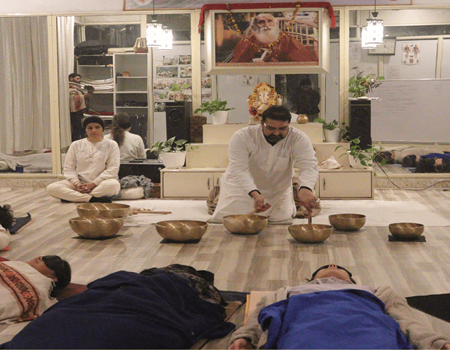


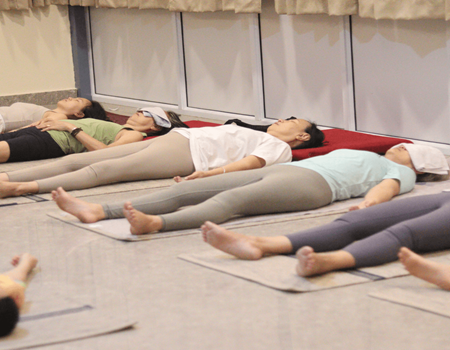
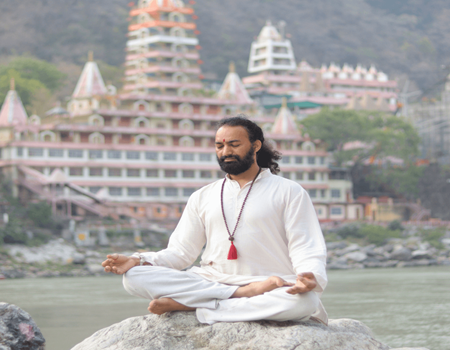
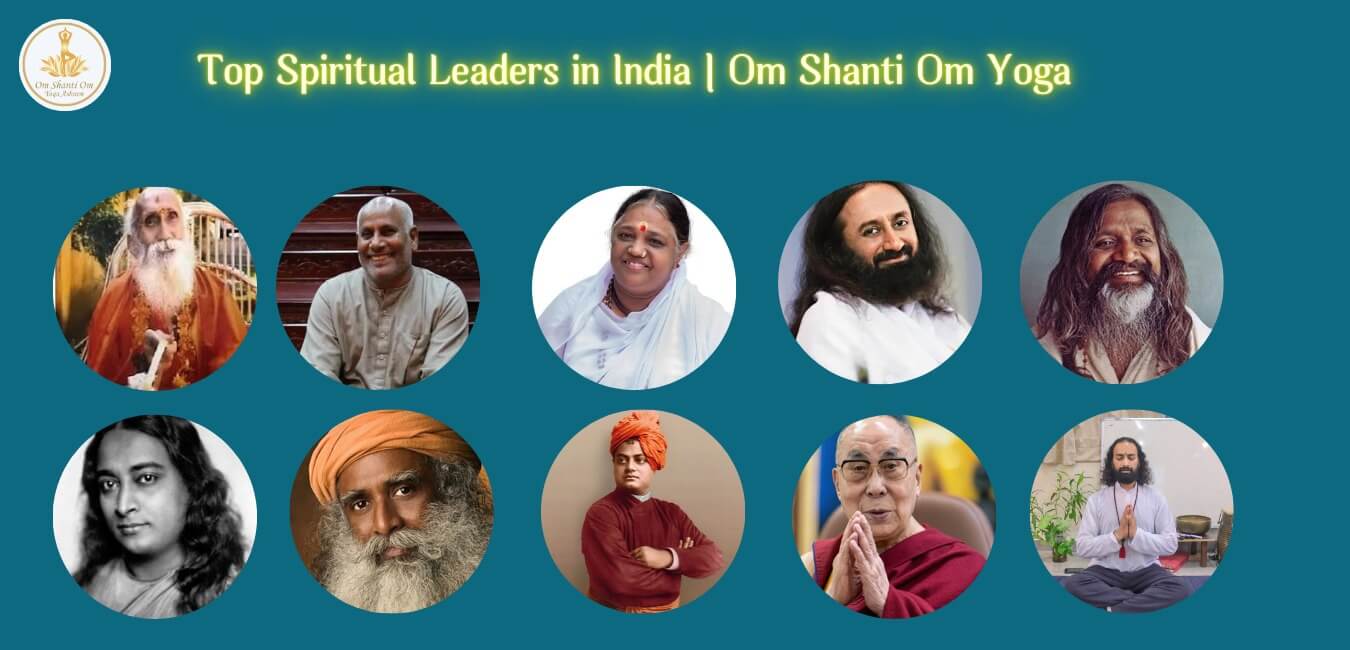
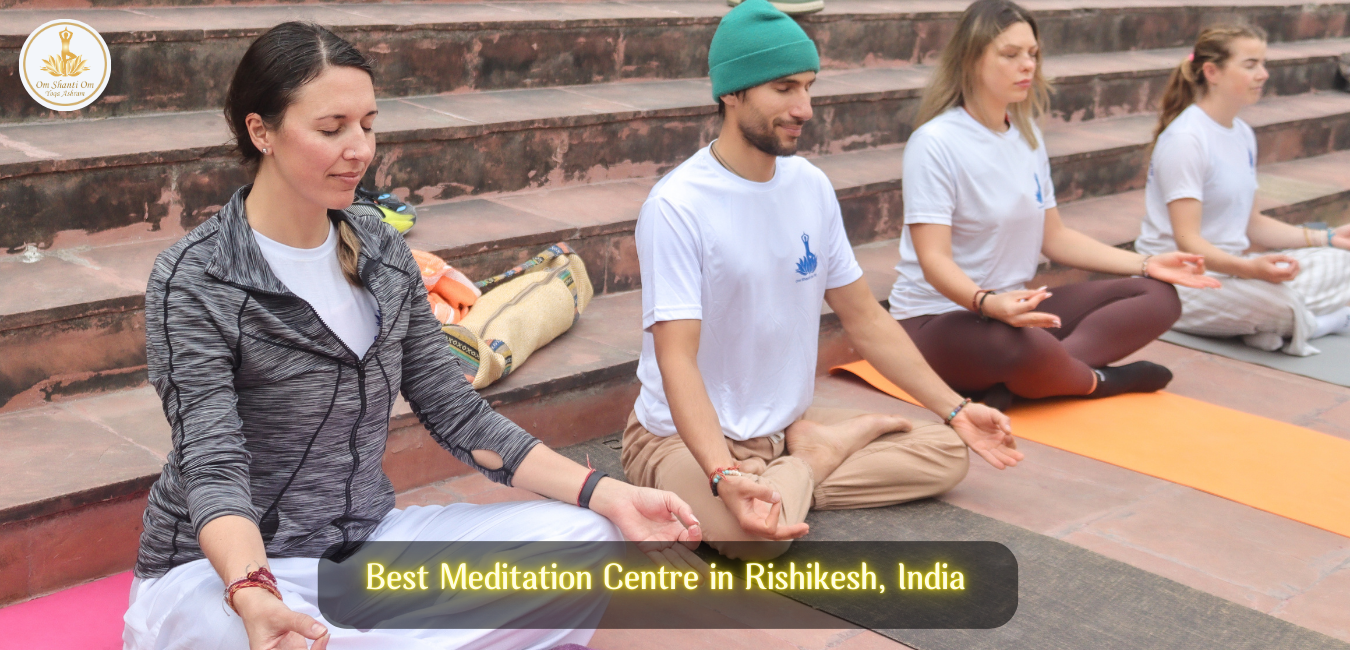

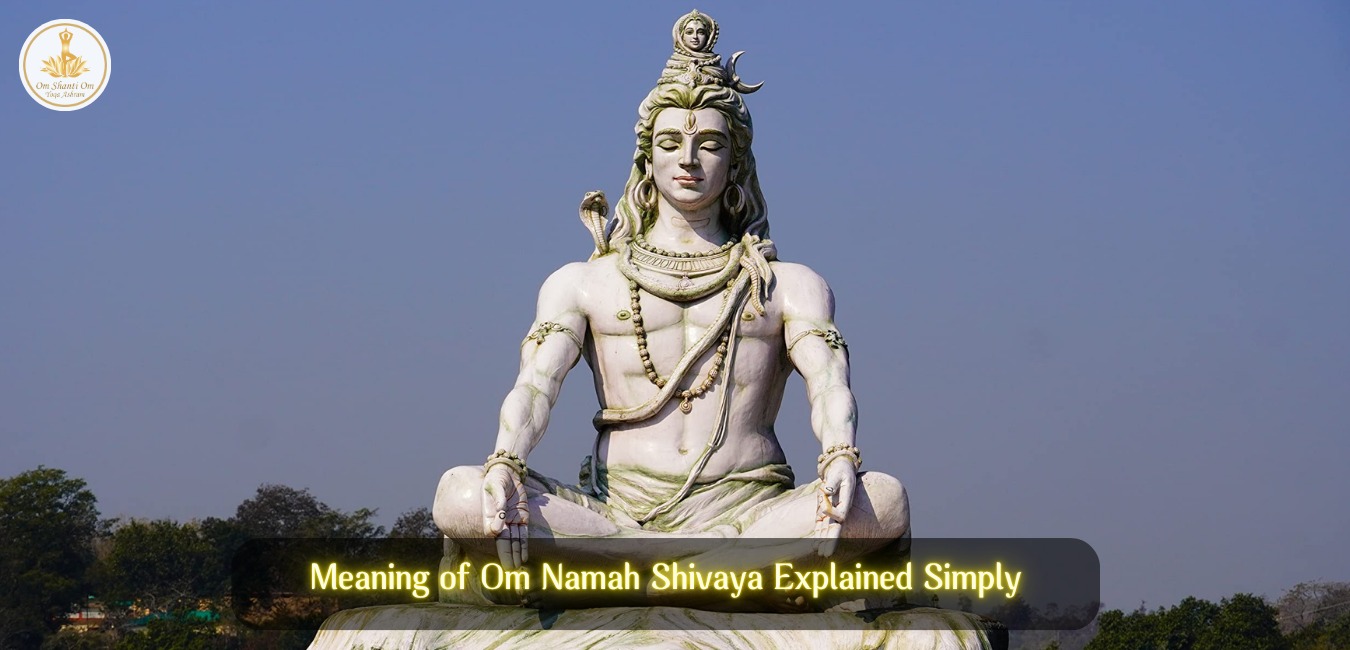
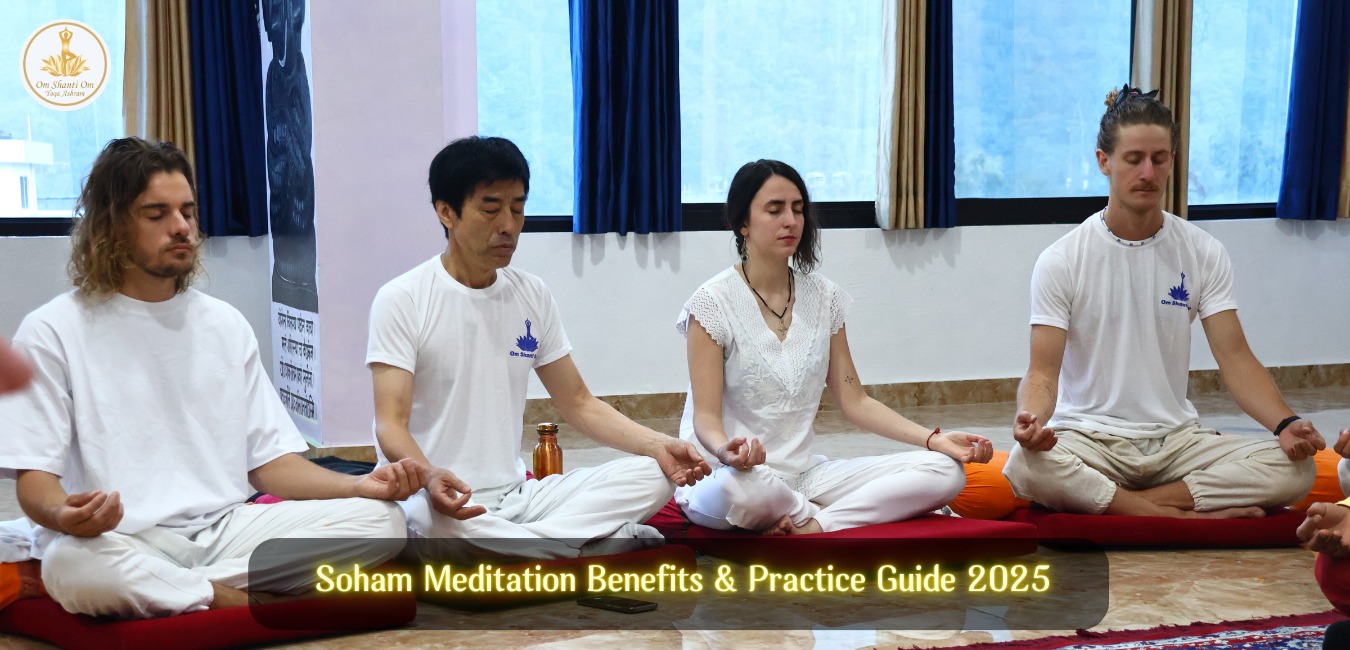



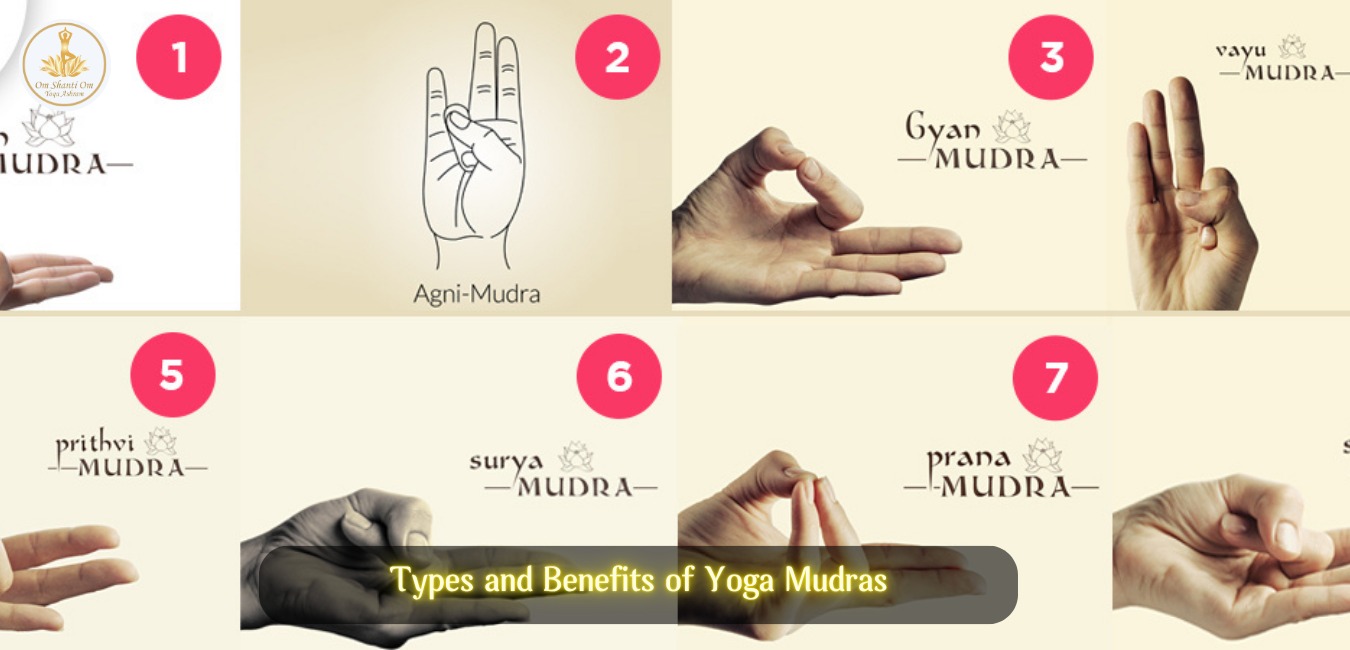
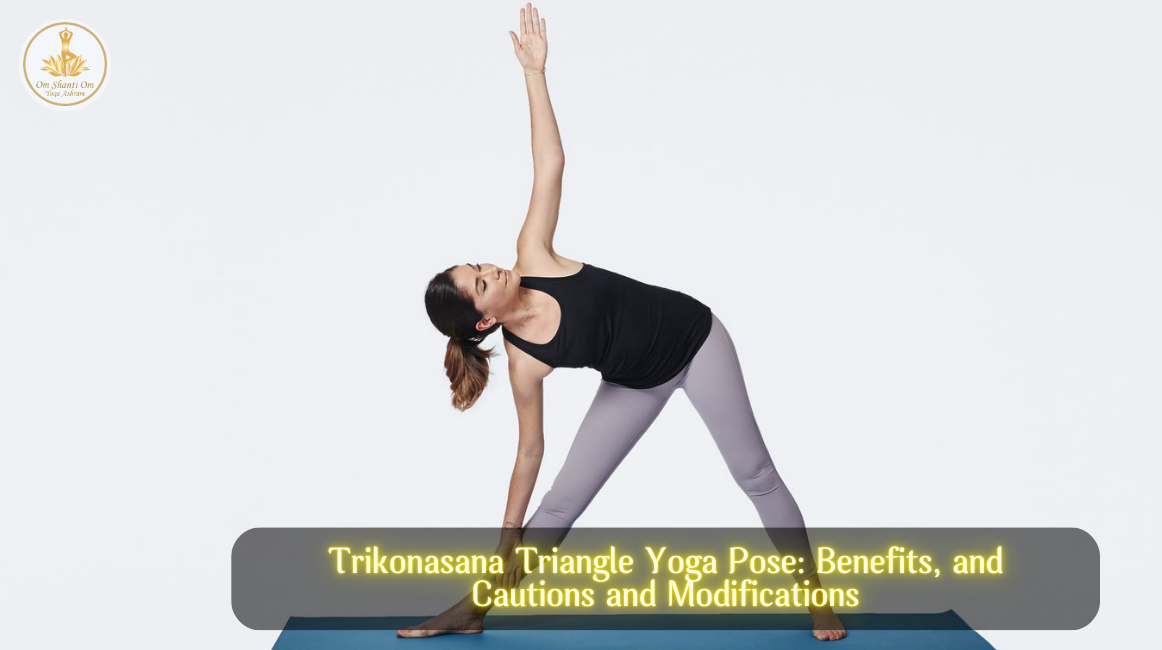
0 Comments
No comments yet. Be the first to comment!